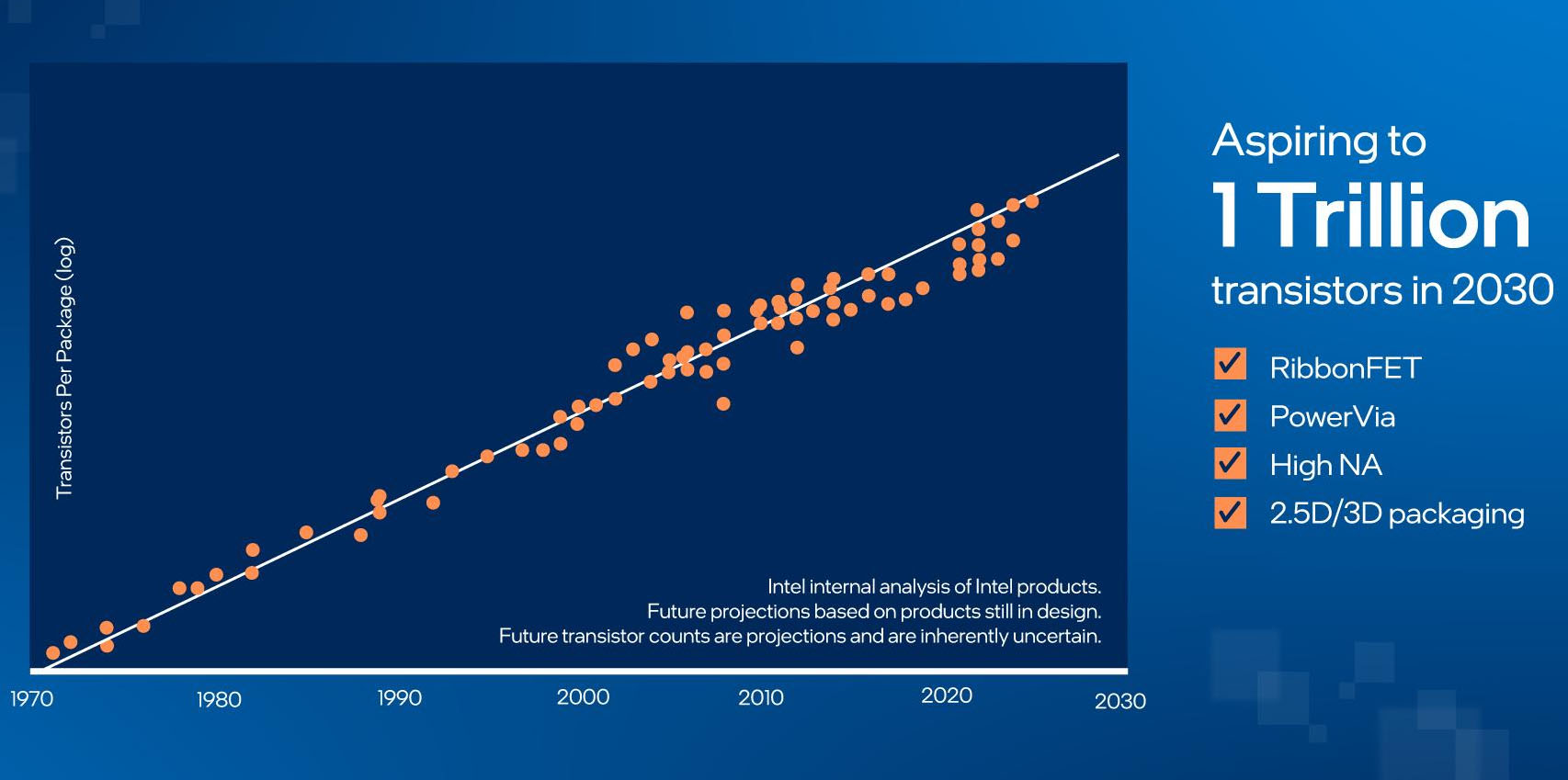Understanding Moore's Law in the Age of Nanotechnology
Definition: Moore's Law is the observation that the number of transistors on a microchip doubles approximately every two years, though the cost of computers is halved. This principle has guided the semiconductor industry for over five decades, fostering advancements in computing power, efficiency, and miniaturization, paving the way for the era of nanotechnology.
Origins and Evolution
The concept of Moore's Law was first introduced by Gordon Moore, co-founder of Intel, in 1965. Moore's prediction that the number of components (transistors) on a chip would double every year has been revised to approximately every two years. This forecast has remarkably held true, driving relentless innovation in the semiconductor industry.
Impact on Technology and Society
Moore's Law has had a profound impact on technological advancement and society. It has led to the development of faster, smaller, and more affordable electronic devices, revolutionizing computing, telecommunications, and consumer electronics. The principle underpins the rapid progress in areas such as artificial intelligence, big data, and the Internet of Things (IoT), making sophisticated technology increasingly accessible to the general public.
Challenges and Limitations
As semiconductor technology approaches the physical limits of miniaturization at the atomic level, maintaining the pace of Moore's Law becomes increasingly challenging. The industry faces technical and economic hurdles in scaling down transistors to nanometer dimensions, leading to significant research in alternative materials, 3D transistor architectures, and quantum computing to overcome these barriers.
Role in Advancing Nanotechnology
Moore's Law has played a crucial role in the advancement of nanotechnology, driving the development of nanoscale materials and devices. The push for smaller, more efficient transistors has spurred innovations in nanofabrication techniques, enabling the creation of devices at the molecular and atomic levels. This has opened new frontiers in computing, materials science, and nanomedicine.
Future Perspectives
While the continuation of Moore's Law as traditionally defined may face physical and economic limits, the spirit of exponential improvement in computing power and efficiency is likely to persist through emerging technologies. Innovations in materials science, quantum computing, and nanotechnology promise to sustain the trajectory of rapid progress in computing capabilities, even as the semiconductor industry evolves beyond conventional scaling laws.
Key Takeaways
- Moore's Law has been a fundamental driving force in the semiconductor industry, predicting the doubling of transistors on a chip approximately every two years.
- The principle has catalyzed advancements in computing power, efficiency, and miniaturization, significantly impacting technology and society.
- Emerging challenges at the nanoscale require innovative approaches to sustain the pace of technological progress, with ongoing research in alternative materials and computing paradigms.
- The legacy of Moore's Law continues to inspire developments in nanotechnology, shaping the future of computing and electronic devices.
Further Reading
Philosophical transactions of the Royal Society Series A, The future of computing beyond Moore’s Law

